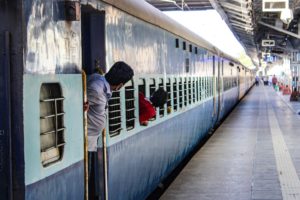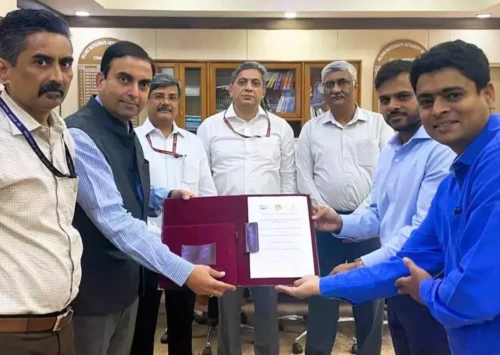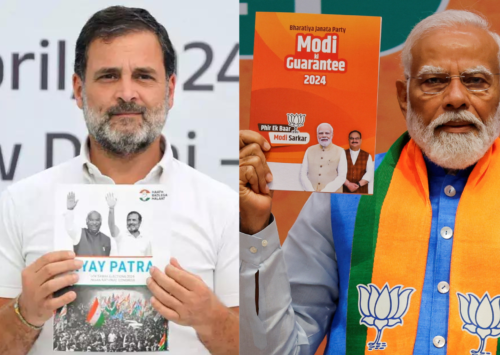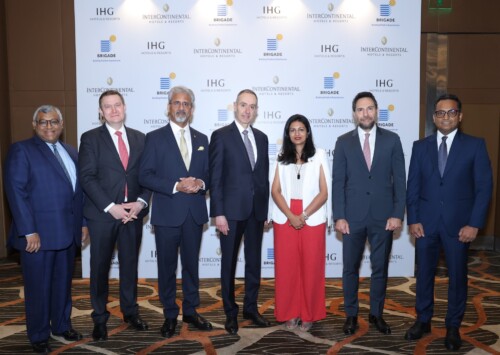Modi leaves India guessing about lockdown 4.0

Scores of millions of Indians have been hit brutally by the lockdown, yet Modi’s address had nothing for them (MIG Photos/Aman Kanojiya)
When yet another address to the nation by Prime Minister Narendra Modi was announced, practically everyone in India had a wish to be fulfilled. However, instead of answering prayers or laying out government’s strategy to restore the economy back to health, the speech had only platitudes and the tragic fate of millions of migrants who have been obliged to walk hundreds of km to go home did not even get a mention.
One of the biggest strengths of Prime Minister Narendra Modi is his oration, which has also played a crucial role in his numerous electoral wins over the last two decades. Thus, when it was announced that Modi would address the nation last Tuesday, expectations were that not only would he clearly outline the future after May 17, once the third phase of the lockdown would end. He was also expected to outline some concrete measures to help revive the Indian economy which has slid rapidly towards recession as the unplanned lockdown and the associated lack of clarity about the future, pushed companies and consumers to cut costs immediately and hope that the storm would pass them by.
However, Modi’s long-winded speech had very little of either. Even though the prime minister unveiled an economic package worth INR 20 trillion, or about 10 pc of the national GDP, he failed to spell out the details clearly, leaving the task for his finance minister. Three days on, even as several key details of the package are yet to be revealed, there are numerous questions being raised, starting with the exact size of the bailout as well as the fact that the latest package subsumes various measures announced not just by the government, but also the Reserve Bank of India.
In the details about the bailout that have been spelt out, it is evident that it is more about extending credit and tax breaks instead of real cash infusion that businesses, notably the micro, small and medium enterprises which have been left crippled due to the lockdown and had been severely suffering even earlier, mainly due to the absence of any bank credit and an economy that had been slowing down since 2017.
Even though the package includes facilities for banks to increase lending with the government guaranteeing debts upto a particular level, it remains to be seen as to how many companies do actually get the much needed credit. More than the incessantly rising bad debts or NPAs, bankers have been worried and indeed scared due to the fate of several of their colleagues who have been charged with corruption because of the loans advanced in the past.
Even if successful, the package would only address part of the problem that the Indian economy is facing. It completely misses the demand side of the equation and the real challenge lies over there. With sharp declines in the economic growth in the rural areas, last year saw the first shrinking of rural economy in over 70 years. Once again, the brunt of the lockdown has been faced by the rural areas as farmers have struggled to find buyers for their produce. With almost all of the migrants belonging to the villages, the lockdown will hurt the economy brutally as and when the data is finally released.

The government has been cruelly inefficient in organising transport for the stranded migrants (MIG Photos/Varsha Singh)
However, so far the government seems to have completely forgotten this crucial fact and is expecting the economy to start performing simply because of its announcements. It ought to have immediately transferred a sizeable amount to each family below the poverty line or even slightly above as the lockdown is certain to have pushed millions who had nominally been above the poverty line before the pandemic, well below it after two months of a brutal lockdown that has destroyed tens of millions of jobs across the nation.
The road ahead : Phase out or lockdown 4.0
Another crucial fact that was missing from Modi’s speech was what happens on May 18, once the third phase of the lockdown ends on May 17. This information is critical, not just for individuals, but also for businesses as they would need some heads up about reopening, rather than the few hours’ notice that this government has become accustomed to even in most critical decisions like the demonetisation or the implementation of the Goods & Service Tax (GST).
In the absence of any clarity, in Modi’s speech or even through other government channels subsequently, most people are either busy speculating on their own or going by various theories being disseminated through the social media. Even on basics like restarting railways or airlines as well as what kind of businesses would be allowed to begin again, when and under what conditions. It is due to lack of clear communication from the government that hundreds of thousands of people continue to take the enormous risks of walking all the way to their villages, even though the railways have started some skeletal services. ‘‘We have been waiting for over 60 days, hoping that the government would look at us and help us in either getting back home or giving us some money and resources to manage. However, nothing has come so far. We have already registered ourselves for the train, but we have not received any information about when we could take the train, so it is better that we walk. At least then we wont have to look at anyone for help, but count on just our own strength and willpower,’’ retorts an angry migrant, on his way on the 1800 km journey from Mumbai to Gorakhpur.
At a time like this when the country is facing an unprecedented challenge on all fronts – economic, social as well as political – this clarity is the bare minimum one can expect from the government. However, as has become his style, Modi has again left over 135 billion Indians, many of them living in abject poverty, on tenterhooks about what the next week could have in store for them.









